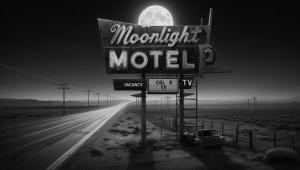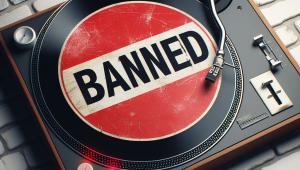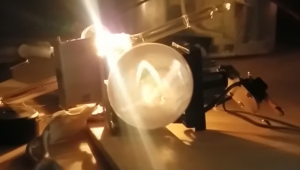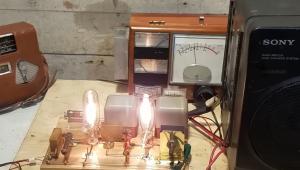Are You Bullish on Vinyl?
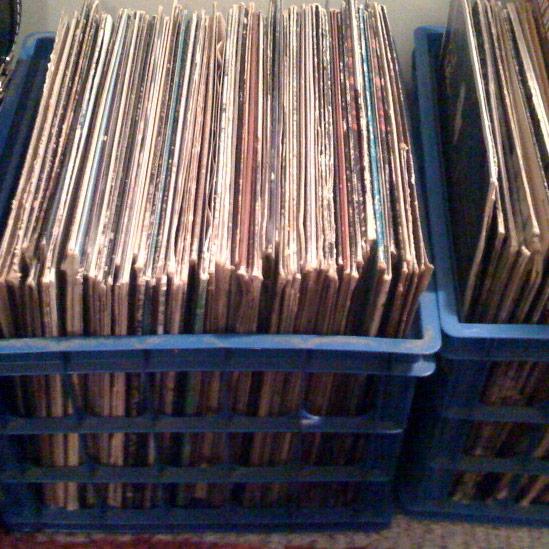
I don’t know what her listening tastes are. The box might have had virgin 180-gram imported Beatles, or well-worn copies of Mantovani and His Orchestra. Chances are, the nephew might never platter these particular discs. But the point is, he is enamored enough of vinyl to persuade his aunt to send him her stuff. He’s one of those kids, and I’m sure you can relate, who craves as much occupied linear shelf footage as possible. Files are fine, but shelf footage is cool.
The funny thing is that right after I got back from the FedEx store, I picked up the Wall Street Journal and bam!—right there was an article titled, “The Biggest Music Comeback of 2014: Vinyl Records.” As you might expect, the WSJ usually focuses on the business aspect of things, and this article contained some good business news, and some bad.
The good news is that sales of “old-fashioned vinyl records” were up a healthy 49 percent last year. In fact, the sales figures for the last several years are impressive. From a sales nadir of about 1 million units annually in 2005, 2006, and 2007, sales climbed nicely to over 4 million in 2012, 6 million in 2013, to 8 million in 2014. Who is buying all this plastic? The WSJ cites “younger people, especially indie-rock fans.” Also, clearly, there are other analog enthusiasts as well.
The bad news is that even as vinyl booms, the vinyl infrastructure is fading. According to the WSJ, “the creaky machines that make them [LPs] have not been manufactured for decades.” Another bad sign: An estimated 90 percent of the raw vinyl comes from one Thai company, and there are no vinyl suppliers left in the U.S. Furthermore, according to the WSJ, the 15 or so domestic “still-running factories” often experience breakdowns and materials shortages. Pressing plants must search worldwide to find old presses that can be refurbished and put back online. Another even more serious obstacle: Many of the artisans who have the analog skills to make quality records are reaching retirement age, and their decades of uniquely accumulated experience will retire with them.
Problems aside, the sales trend seems pretty strong, and materials shortages and lack of new equipment raises the question of why entrepreneurs haven’t stepped in to fill those voids. In many other industries, those kinds of opportunities would quickly attract investors, but so far, significant investment capital for vinyl apparently hasn’t appeared. Perhaps that’s because the vinyl business is small, representing about 2 percent of the music business. Or maybe the smart money is waiting to see if vinyl sales are sustainable.
So, when I see a woman mailing LPs to her eager nephew, is that a lucky omen of a business opportunity, or just another of life’s daily coincidences? I’m inclined to think the latter. But, you might think differently. Put another way, and given the strong sales figures, do you think vinyl is just a hipster fad, or does it represent a long-term business opportunity? Would you start a business that contracted with a chemical company to supply vinyl? Maybe start manufacturing custom record presses? Or go all-in and open your own LP pressing plant? Sure, everyone likes to spin a record now and then, but would you be willing to step up and invest your cold, hard cash in hot vinyl?
